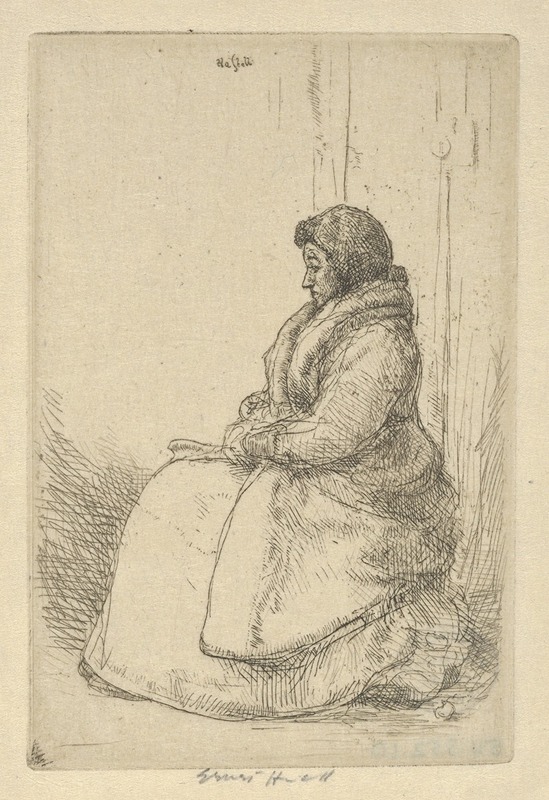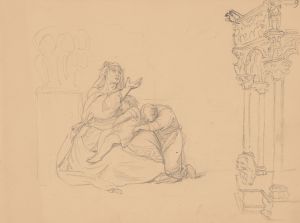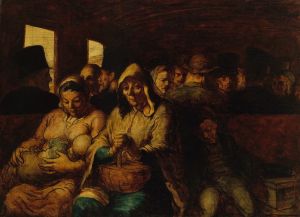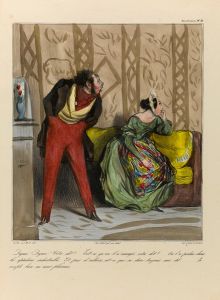
Beggar of St. Sulpice
A hand-painted replica of Ernest Haskell’s masterpiece Beggar of St. Sulpice, meticulously crafted by professional artists to capture the true essence of the original. Each piece is created with museum-quality canvas and rare mineral pigments, carefully painted by experienced artists with delicate brushstrokes and rich, layered colors to perfectly recreate the texture of the original artwork. Unlike machine-printed reproductions, this hand-painted version brings the painting to life, infused with the artist’s emotions and skill in every stroke. Whether for personal collection or home decoration, it instantly elevates the artistic atmosphere of any space.
Ernest Haskell (1876-1925) was an American artist known for his etchings, lithographs, and illustrations. One of his notable works is "Beggar of St. Sulpice," an etching that captures the essence of early 20th-century Parisian life. Haskell's work is often characterized by its detailed and expressive line work, and "Beggar of St. Sulpice" is no exception.
"Beggar of St. Sulpice" depicts a solitary figure, presumably a beggar, situated near the Church of Saint-Sulpice in Paris. The church, a prominent landmark in the city, serves as a backdrop that adds historical and cultural context to the piece. The etching showcases Haskell's ability to convey emotion and narrative through his meticulous technique.
Haskell's interest in capturing everyday scenes and individuals is evident in this work. The beggar, rendered with a sense of dignity and humanity, reflects the artist's empathetic approach to his subjects. The detailed lines and shading techniques used in the etching highlight the textures of the beggar's clothing and the architectural elements of the church, creating a vivid and realistic portrayal.
Ernest Haskell was part of the American etching revival movement, which sought to reinvigorate the art form in the United States during the late 19th and early 20th centuries. His works often drew inspiration from his travels, particularly his time spent in Europe. Haskell's ability to capture the essence of his subjects and settings made him a respected figure in the art community.
"Beggar of St. Sulpice" is a testament to Haskell's skill as an etcher and his keen observational abilities. The piece not only serves as a representation of a specific moment in time but also offers insight into the social conditions and human experiences of the era. Through his art, Haskell invites viewers to consider the lives of those who might otherwise be overlooked.
Haskell's contributions to the art world extend beyond his etchings. He was also known for his illustrations and posters, which were widely recognized for their artistic quality and impact. His work in various mediums demonstrates his versatility and commitment to his craft.
In summary, "Beggar of St. Sulpice" by Ernest Haskell is an etching that captures a poignant scene near the Church of Saint-Sulpice in Paris. The work exemplifies Haskell's detailed and expressive style, as well as his ability to convey the humanity of his subjects. As part of the American etching revival movement, Haskell's contributions to the art world are significant, and "Beggar of St. Sulpice" remains a notable example of his artistic legacy.
















